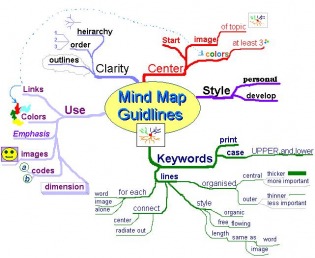|
As an entrepreneur, there are often too many ideas and concepts floating around in my mind at one time. I needed to find tools to help me organize what I was thinking and doing - and maybe even help me link the two.
1 Comment
10/3/2011 06:59:31 pm
got to open my eyes to everything
Reply
Leave a Reply. |
AuthorEverything you never wanted to know about the author is on this web site : www.jeanfahmy.com Categories
All
Archives
December 2014
|

 RSS Feed
RSS Feed